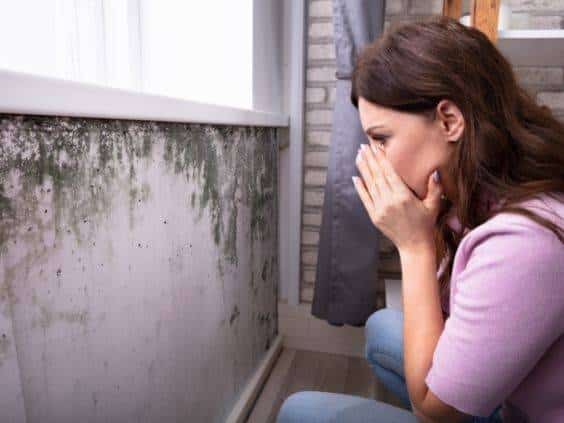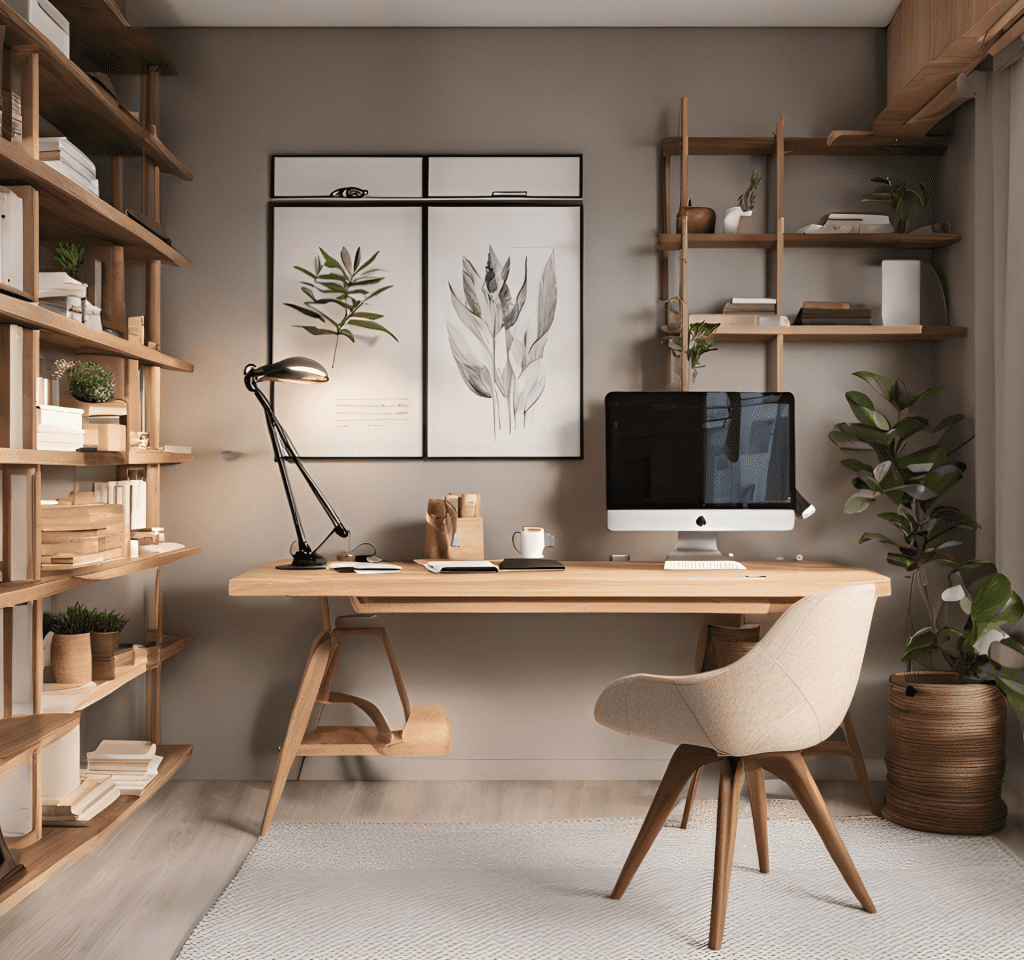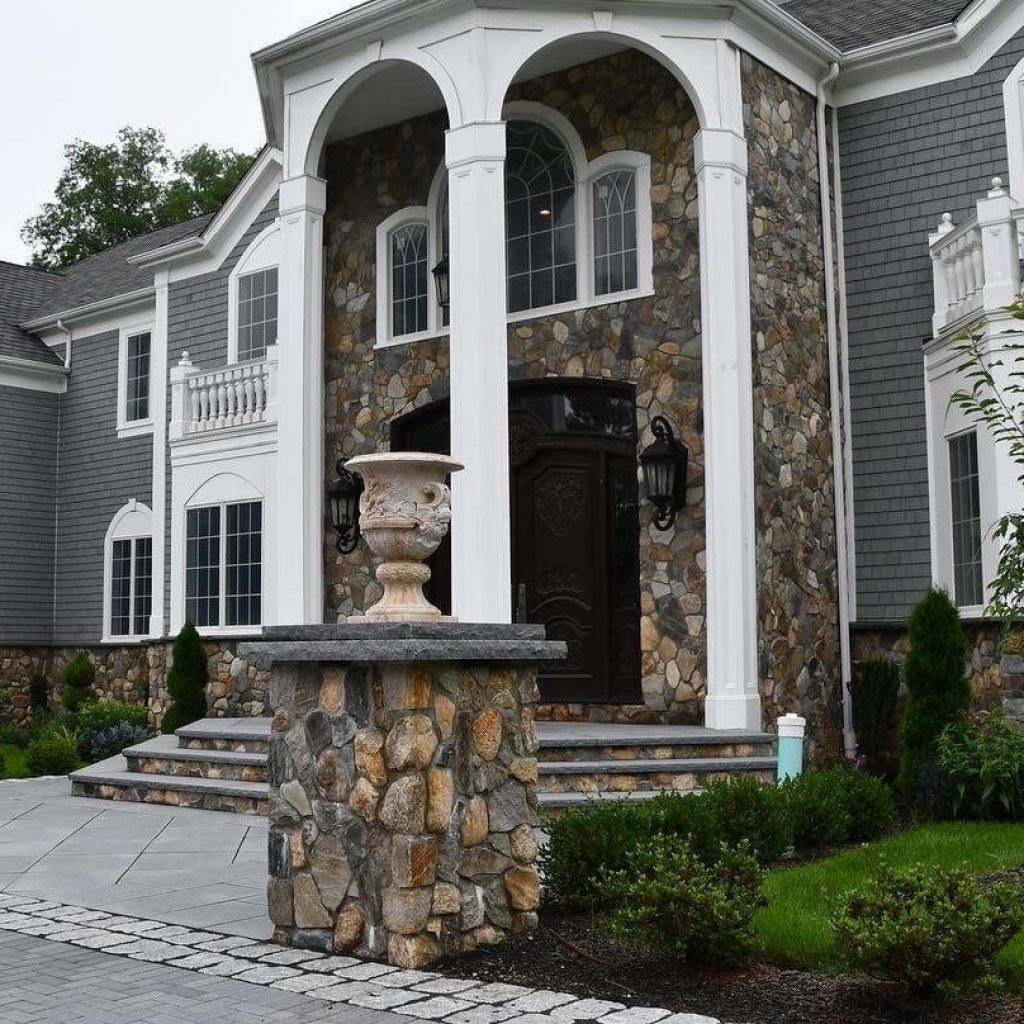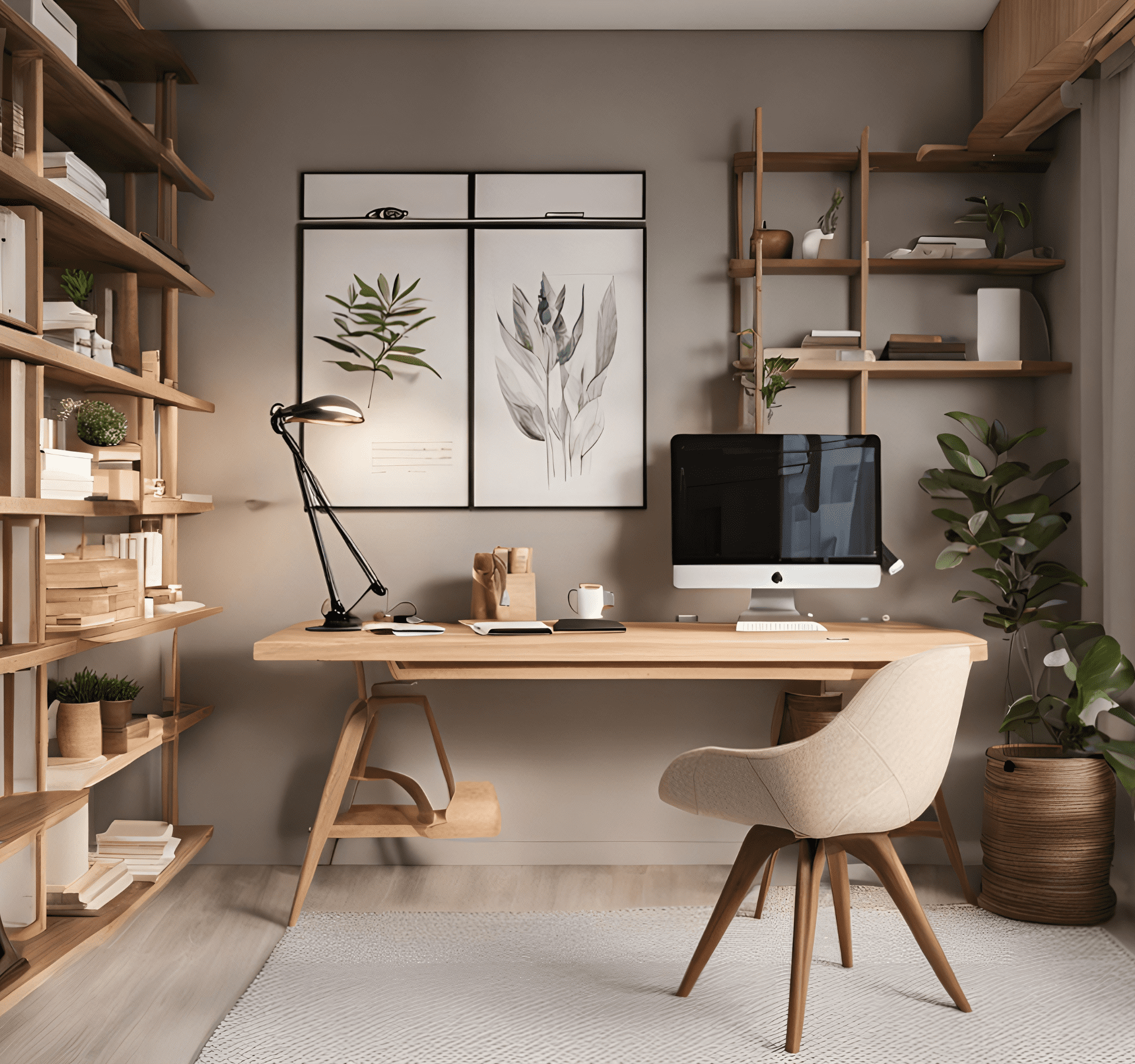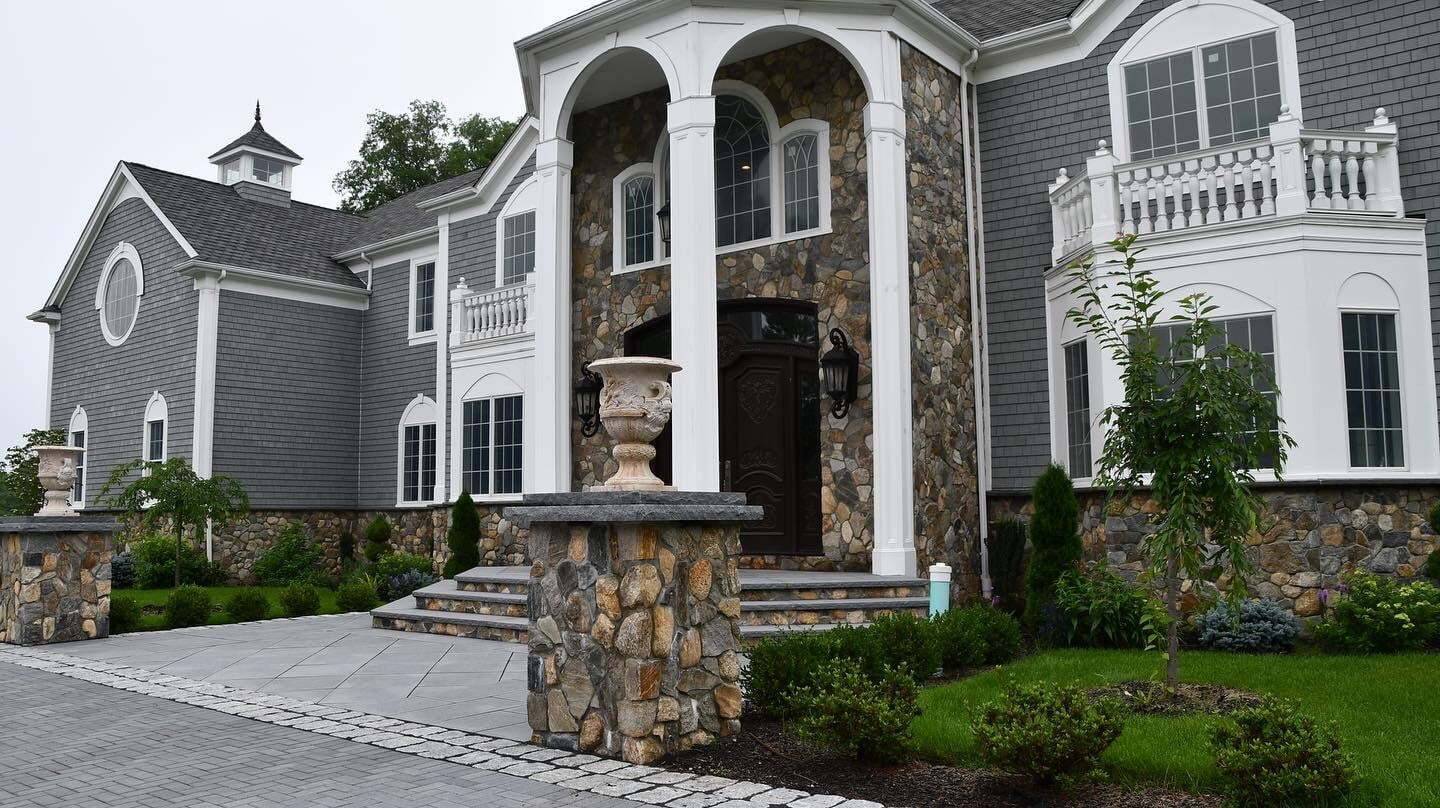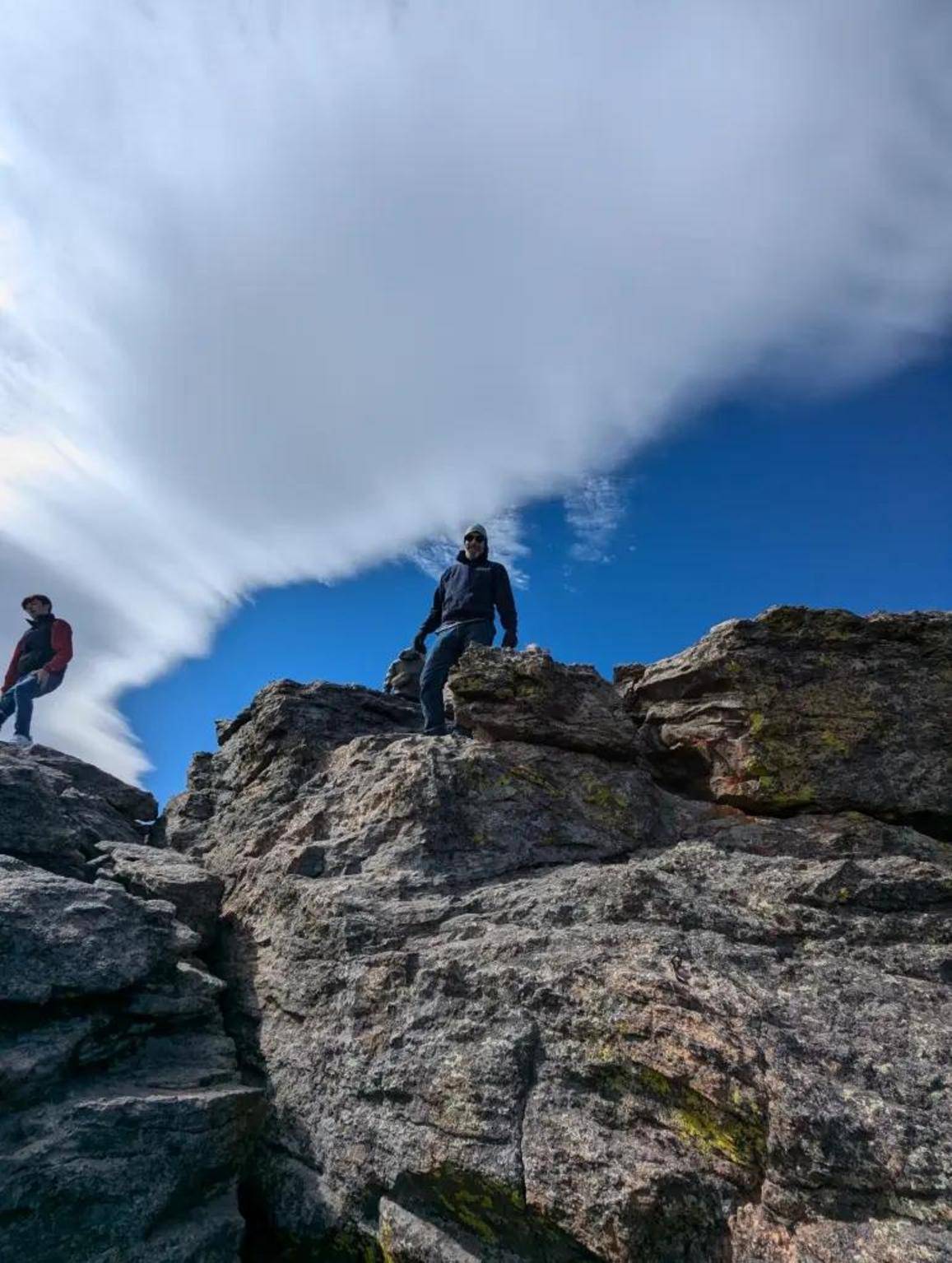When you make your house a home, you want it to be as safe and as comforting as possible. Get a head start today by identifying and eliminating any dangerous products or substances. Be aware of these hidden health hazards lurking in your home before showing your home or inviting guests in.
Asbestos
Let’s start with a big one. Millions of homes built before the 1980s were insulated with asbestos, and if you live in an older home, there’s a strong chance it’s still harboring some. The danger may be muffled if it remains enclosed, like in a ceiling, but you never know when a pipe will burst and knock that asbestos loose. Call an asbestos testing service and have them walk through your home to identify potential problem spots.
Cleaning Solutions
Look under your sink, in your bathrooms, and anywhere you may stash cleaning supplies. Do you know the contents of those bottles? More importantly, are the contents of those bottles—and their risks—printed clearly on the label? Some ingredients, like formaldehyde and lye (sodium hydroxide), can put your health in danger. Someone who gets sick from using a cleaner without an adequate warning label can file a product liability claim, but you’re better off chucking it out now. Throw out any cleaning supplies with ingredients you don’t know or trust.
Mold and Mites
Follow your nose. Is there a musty smell in your downstairs bathroom? Mold loves damp, dark places. It flourishes in cracks and crevices and can cause allergic reactions in you or your guests. Luckily, most mold succumbs easily to vinegar! Banish fungus from your home with a cleaner you know and trust.
Dust mites are another microscopic annoyance. These tiny creatures feed on dead skin cells and bits of hair and can also trigger allergic reactions or asthma attacks. Vacuum your carpets and do laundry regularly to minimize the amount of tiny hair and skin flakes those dust mites love.
Radon Gas
Radon is a naturally occurring gas that’s known to seep into homes. It’s odorless, colorless, tasteless—and a massive carcinogen. When materials like radium and uranium break down in the rocks and soil around your home, they release radon gas. It then seeps inside through tiny cracks in your foundation. Most homes have it to some extent, but if you’re buying, selling, or showing a house, make sure to have it tested for radon.
Before you welcome guests into your home, do a thorough check of all potential problem spots. Enlist the help of home inspectors and experts to ensure that your home is carcinogen-free. These four hidden health hazards lurking in your home are no match for your eagle eye!





